The Top 10 Science-Backed Benefits of Cold Plunging | Kansas City Laser-Like Lipo®
The Top 10 Science-Backed Benefits of Cold Plunging | Kansas City Laser-Like Lipo®
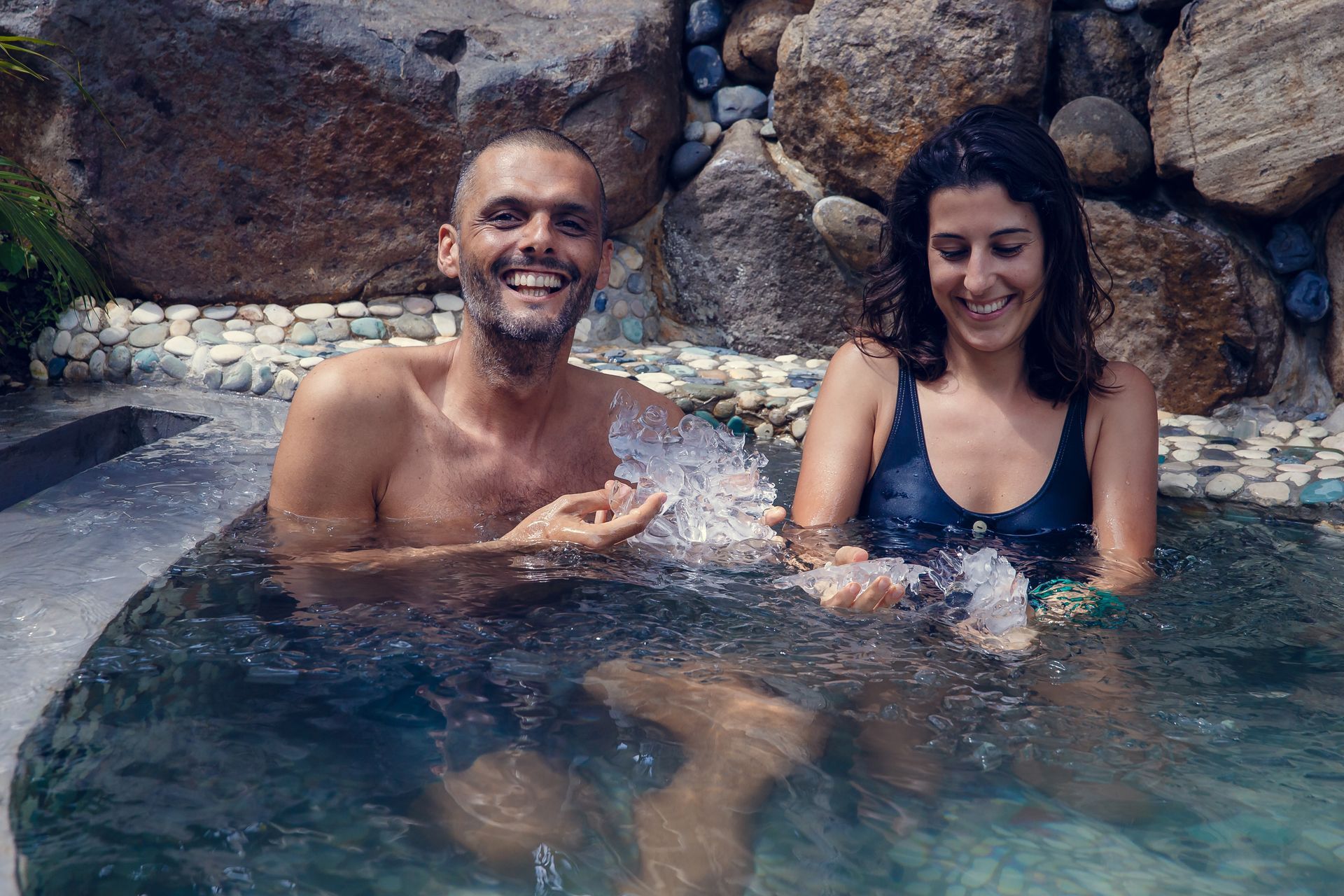
Photo Credit: Shutterstock
When it comes to wellness and health optimization, we at Kansas City Laser-Like Lipo® are always on the lookout for effective, holistic methods that can complement our advanced body contouring technologies. One such method that’s been making waves in the health community is cold plunging—also known as cold water immersion or cryotherapy. It’s not a new practice; various forms of cold therapy have been used for centuries across different cultures. But what does science say about its benefits? In this article, we explore the top 10 scientifically-backed benefits of cold plunging, the associated risks for those with certain health conditions, and how you can safely start your own cold plunging routine at home, with or without a high-end tub.
What is Cold Plunging?
Cold plunging involves immersing the body in cold water, usually around 10°C (50°F) or colder, for short periods of time. This practice can be done in natural bodies of water like lakes or the ocean, in an at-home DIY setup, or with specialized equipment designed for cold water immersion.
Top 10 Scientifically-Backed Benefits of Cold Plunging
1. Enhanced Recovery from Exercise
Athletes have long used ice baths to recover from intense physical activity. Research indicates that cold water immersion can help reduce muscle soreness and inflammation, potentially speeding up the recovery process.
2. Improved Circulation
Cold plunging causes blood vessels to constrict and then dilate upon warming, which can enhance circulation. Better circulation can aid in transporting nutrients throughout the body and removing waste products.
#3. Boosted Immune Function
Some studies suggest that regular exposure to cold water can stimulate the immune system, increasing the production of white blood cells and circulating levels of certain immune system chemicals that can improve the body’s defense mechanisms.
4. Increased Metabolic Rate
Cold exposure requires the body to work harder to maintain its core temperature, which can increase metabolic rate. This heightened metabolic rate may contribute to burning more calories and can be a supplementary practice for weight management.
5. Mental Health Benefits
Cold plunging can release endorphins, the body's natural painkillers and mood elevators, which may contribute to a positive mood and mental outlook. The practice also has been linked to reduced stress levels and can act as a form of mindfulness or meditation.
6. Reduced Inflammation
Just as it can alleviate post-exercise inflammation, cold water immersion can reduce general inflammation in the body. This is a potential boon for chronic conditions associated with inflammation.
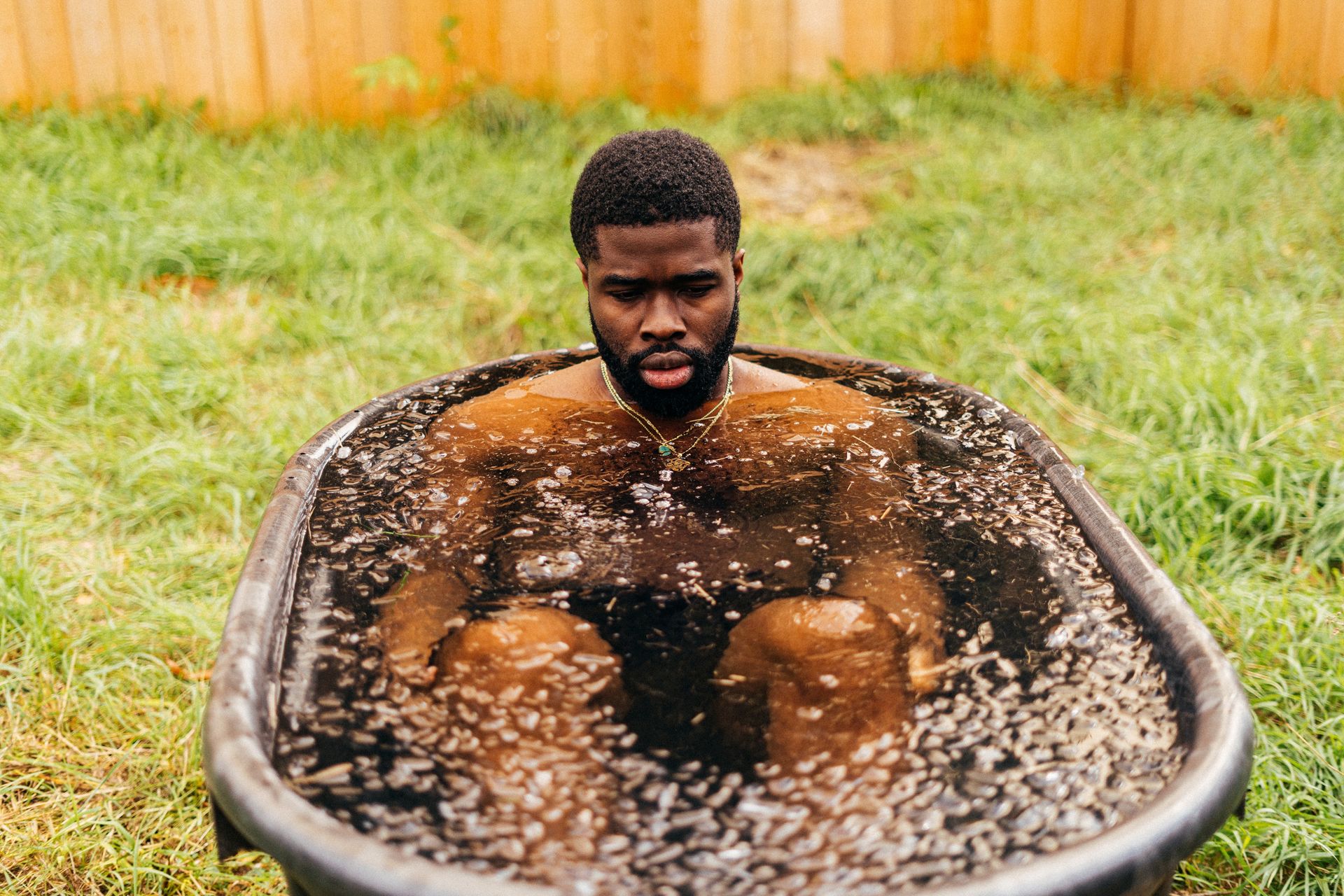
Photo Credit: Shutterstock
7. Improved Lymphatic Circulation
The lymphatic system, which is responsible for carrying waste from cells, can benefit from cold plunging. The constriction of vessels during cold exposure helps move lymphatic fluid throughout the body, aiding in detoxification.
8. Enhanced Sleep Quality
Anecdotally, many report better sleep after cold plunging. This could be due to the normalizing effect it has on the body’s natural temperature regulation, which plays a significant role in sleep patterns.
9. Stimulation of Brown Fat
Unlike regular fat, brown fat generates heat by burning calories when stimulated by cold, which is another pathway through which cold plunging can potentially support a healthy weight.
10. Increased Pain Tolerance
Regularly subjecting the body to cold can increase its pain threshold, potentially making people more resistant to discomfort and pain.
Risks of Cold Plunging for Individuals with Cardiovascular Disease and Other Conditions
While cold plunging has its benefits, it's not suitable for everyone. The shock of cold water can cause a significant increase in heart rate and blood pressure, which can be dangerous for individuals with cardiovascular conditions. Here’s what you need to know:
- Heart Disease: Sudden cold exposure can be a shock to the system, potentially leading to arrhythmias (irregular heartbeats) or even a heart attack in those with underlying heart disease.
- Respiratory Conditions: The rapid breathing induced by cold water immersion can be problematic for those with asthma or other respiratory issues.
- Diabetes: Individuals with diabetes may have reduced sensation in their extremities, which could lead to not recognizing the early warning signs of hypothermia.
- Pregnancy: Pregnant women are generally advised to avoid high-stress environments for the fetus, including extreme cold exposure.
- Raynaud's Disease: People with Raynaud’s experience an exaggerated response to cold, leading to extreme constriction of blood vessels in the extremities, which can be painful and dangerous.
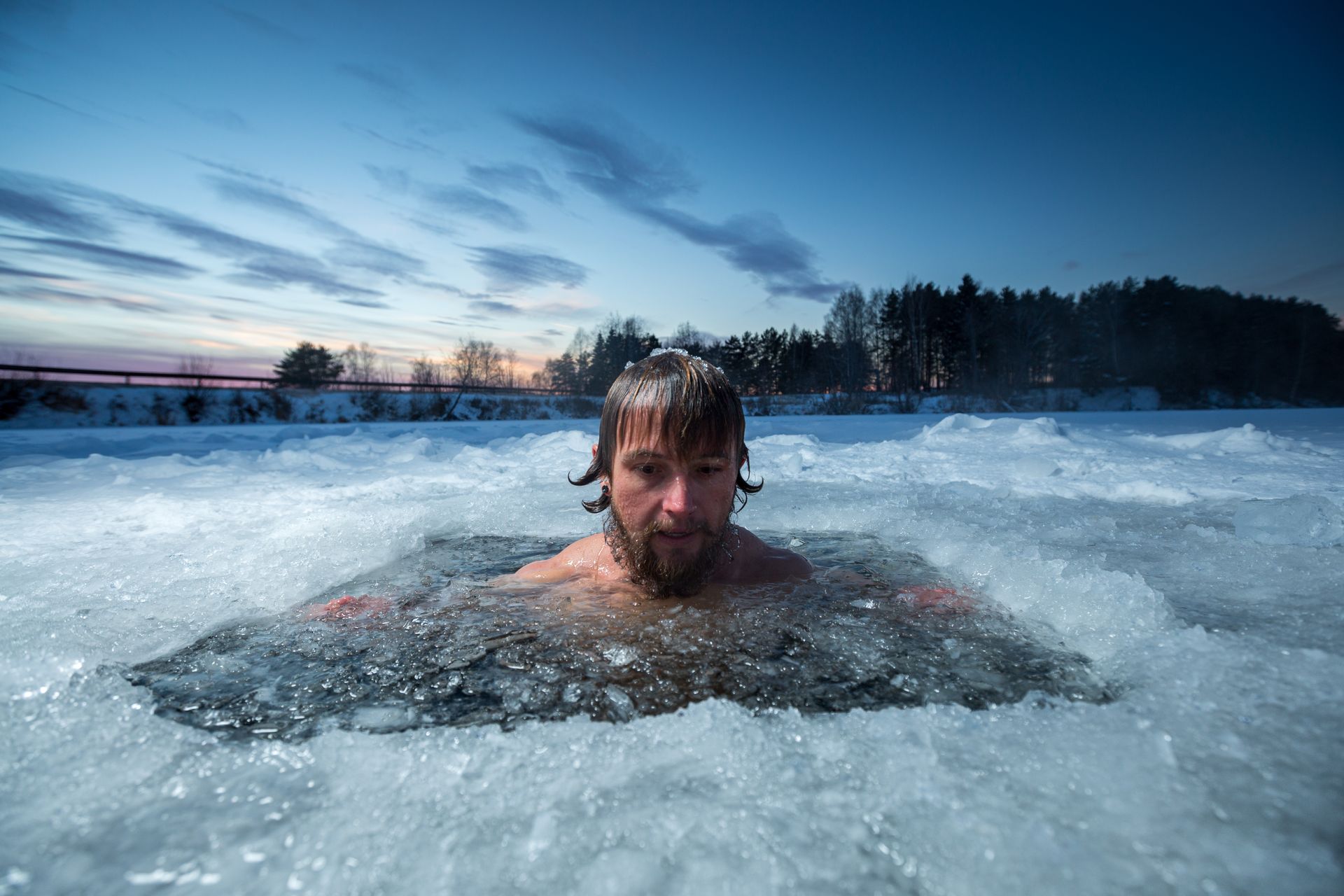
Photo Credit: Shutterstock
How to Get Started with Cold Plunging
If you're keen to try cold plunging, it's important to start slow and know your limits. Here are some suggestions:
Starting Slow
Begin with a lukewarm shower and gradually decrease the temperature over time. This helps your body adjust to the colder temperatures. Once you’re comfortable with a cool shower, you can move on to an ice bath or cold plunge.
Listen to Your Body
It’s crucial to pay attention to how your body reacts. If you feel intense pain, difficulty breathing, or a strong, uncomfortable reaction, it’s time to get out. Start with short immersions, no longer than a couple of minutes, and gradually increase the duration as your tolerance builds.
Have a Plan
Prepare your environment beforehand. Ensure you have a warm towel, robe, or blanket nearby for when you exit the cold plunge. It’s also advisable to have someone with you when you start cold plunging, especially if you have any pre-existing health conditions.
Breathe Deeply
Deep, controlled breathing can help manage the initial shock of the cold. Techniques such as those popularized by Wim Hof, which focus on deep breathing and gradual cold exposure, can be particularly effective.
Don’t Overdo It
More is not always better. Overexposure to cold can lead to hypothermia, where the body’s core temperature drops to dangerous levels. Limit plunges to a few minutes, especially when starting out.
Consult with a Professional
Before beginning any new wellness routine, especially one involving extreme temperatures, it’s wise to consult with a healthcare professional. This is particularly important if you have any of the risk factors mentioned earlier.
DIY Cold Plunging at Home
For those who want to try cold plunging without the investment in high-end equipment, there are several do-it-yourself methods:
Ice Bath in a Bathtub
Fill your bathtub with cold water and add ice until you reach the desired temperature. Use a thermometer to check the water temperature and aim for around 10°C (50°F).
Outdoor Plunge Pool
If you have space and privacy, a small inflatable pool can serve as an outdoor cold plunge pool. Fill it with water from your hose, and add ice to cool it down.
Cold Showers
While not as intense as a full-body plunge, cold showers can be a good introduction to the practice of cold exposure and provide some of its benefits.
High-End Cold Plunging Tubs for Home Use
For those looking for a more sophisticated setup, the market offers a range of high-end cold plunging tubs:
Automated Cold Plunge Tubs
These are state-of-the-art tubs that maintain a specific temperature and often come with digital controls, filtration systems, and even hydrotherapy jets. They offer the convenience of setting your desired temperature without the need for ice.
Cryotherapy Chambers
These chambers use cold air instead of water and can reach much lower temperatures. They are usually only available commercially, but some personal-use models are now coming onto the market.
Ice Barrel
A more space-efficient solution, the Ice Barrel is a vertical tub that takes up less space than traditional bathtubs. It’s easy to fill, drain, and, as the name suggests, it’s designed to be used with ice to maintain cold temperatures.
When choosing a product, consider your budget, the space you have available, and how often you plan to use it.
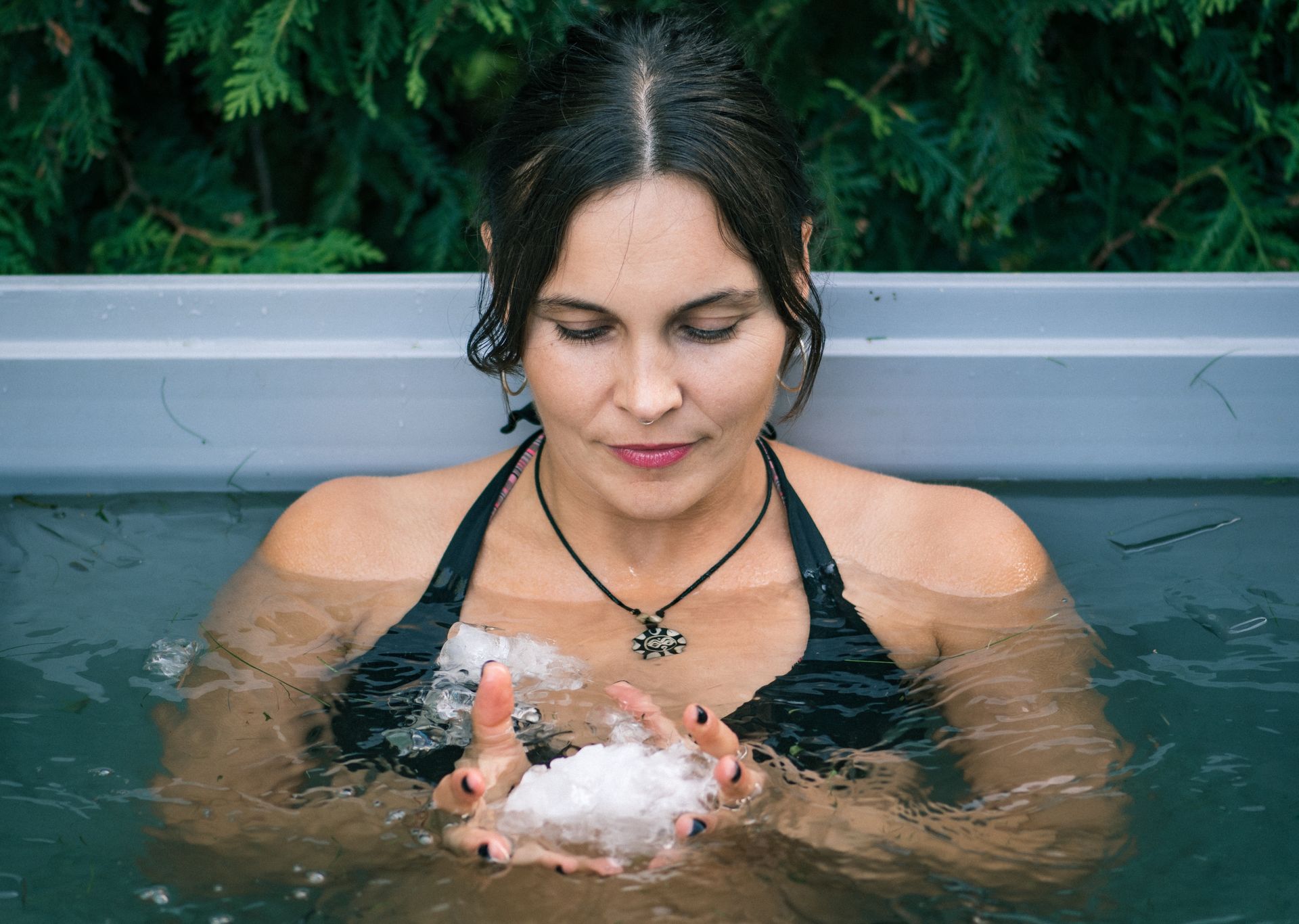
Photo Credit: Shutterstock
Conclusion
Cold plunging is more than just a passing wellness fad; it's a practice with deep roots and substantial scientific backing. At Kansas City Laser-Like Lipo®, we understand the importance of holistic approaches to health and wellness. While our focus is on non-invasive body contouring, we recognize the value of complementary practices like cold plunging for overall well-being.
If you're considering integrating cold plunging into your routine, remember to approach it with caution, especially if you have health concerns. Consult with a healthcare professional, start slowly, and listen to your body. Whether you choose a DIY method or invest in a high-end cold plunge tub, the potential benefits to your physical and mental health could be significant.
Embracing the chill could be your next step to a healthier, more vibrant life. Why not take the plunge?
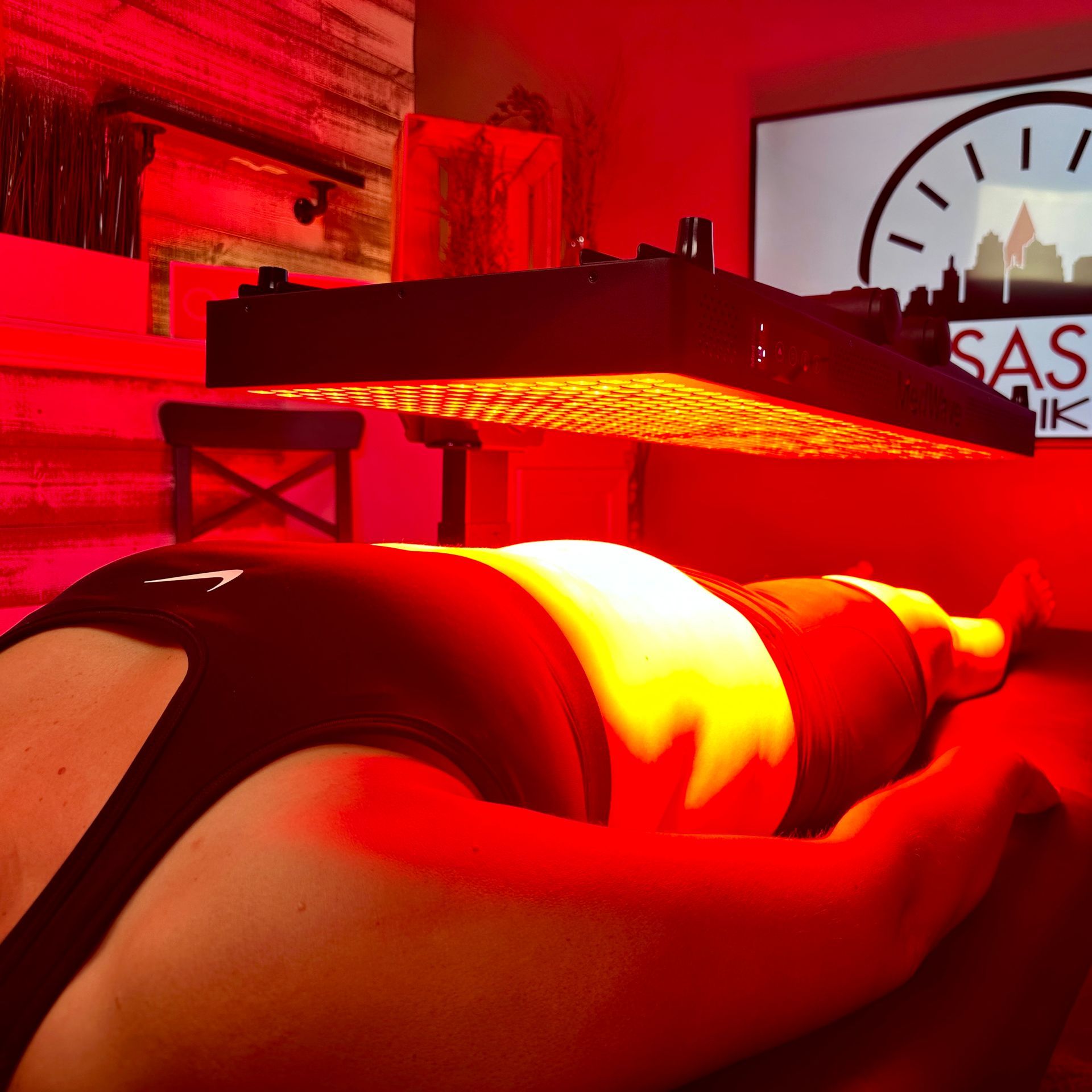
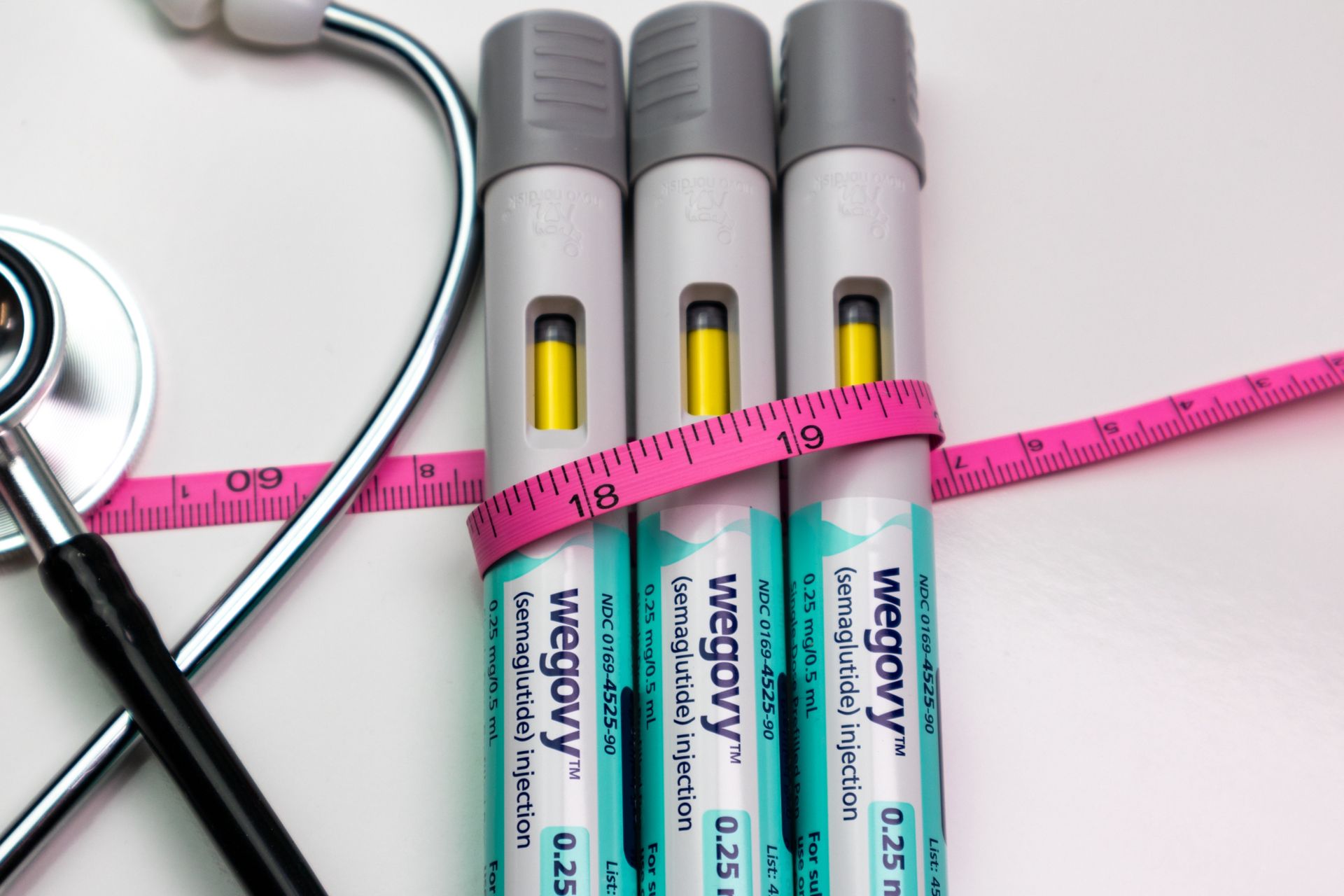


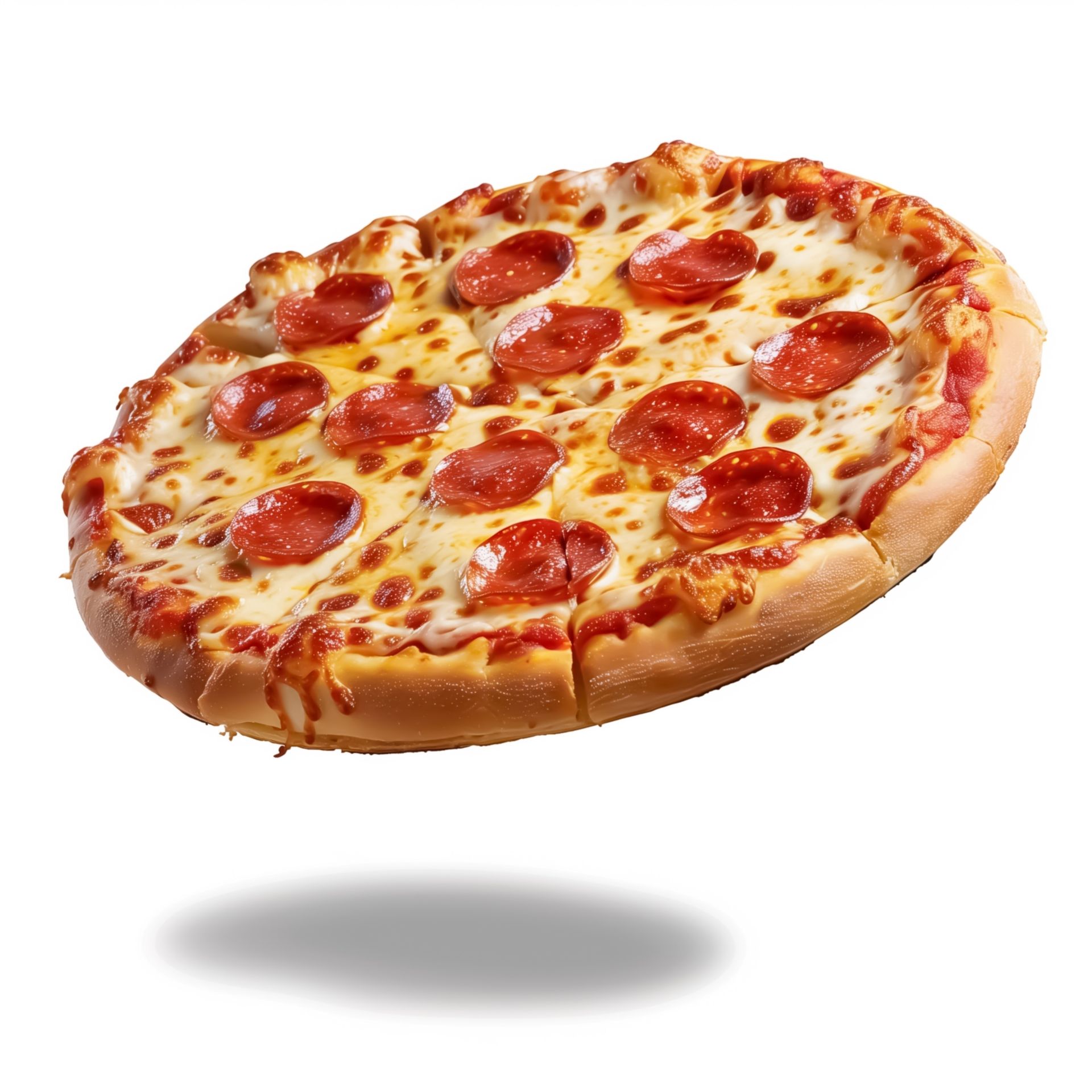
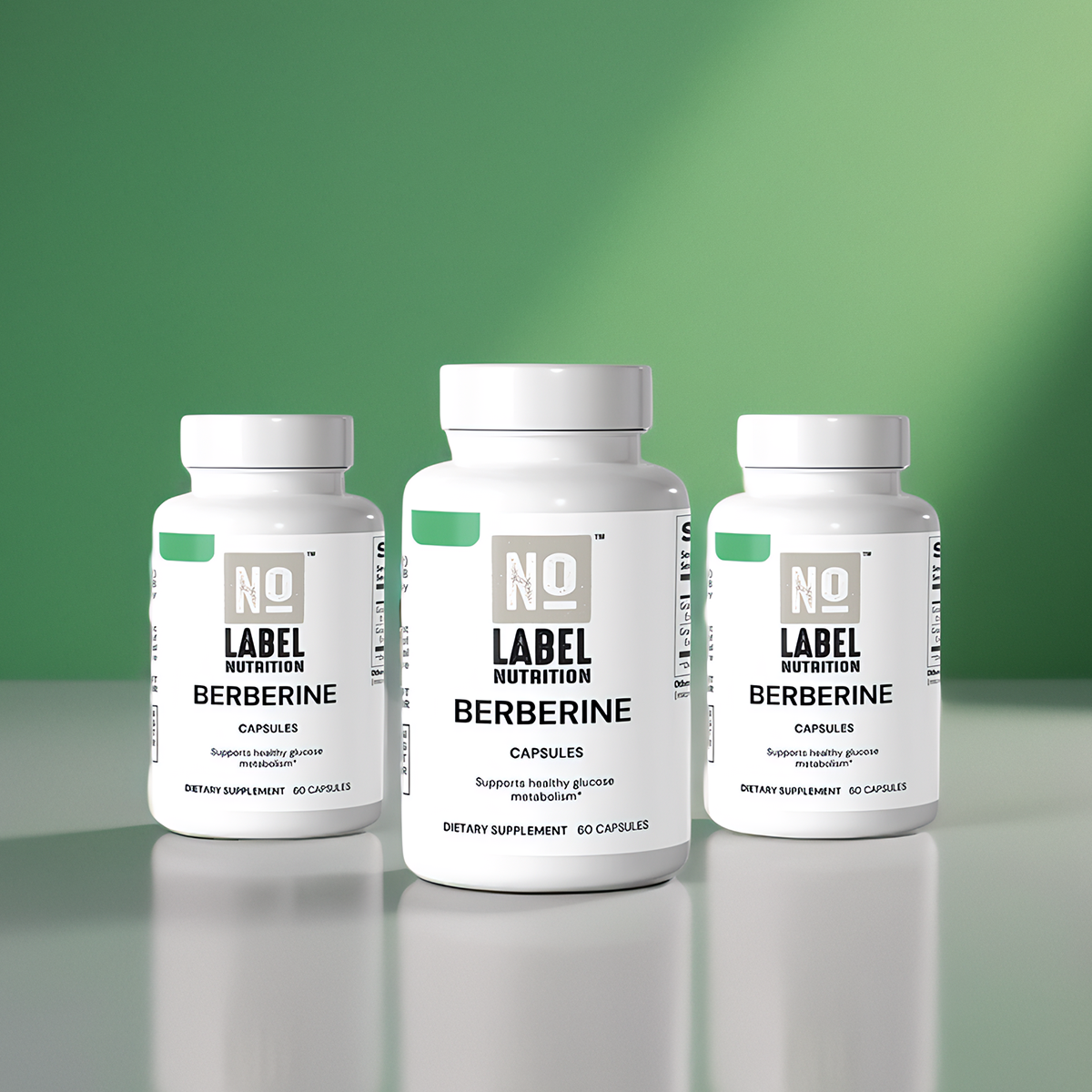
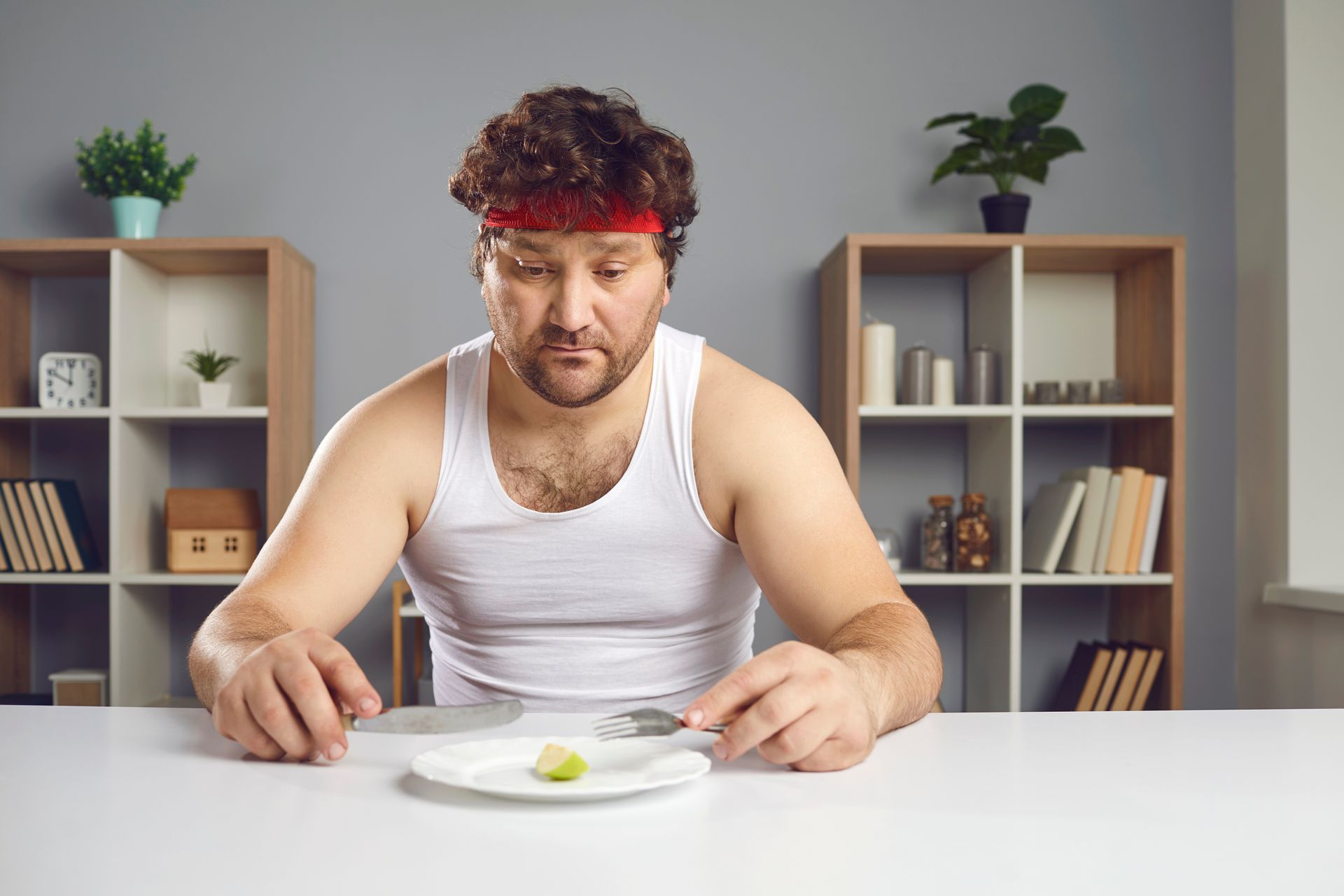
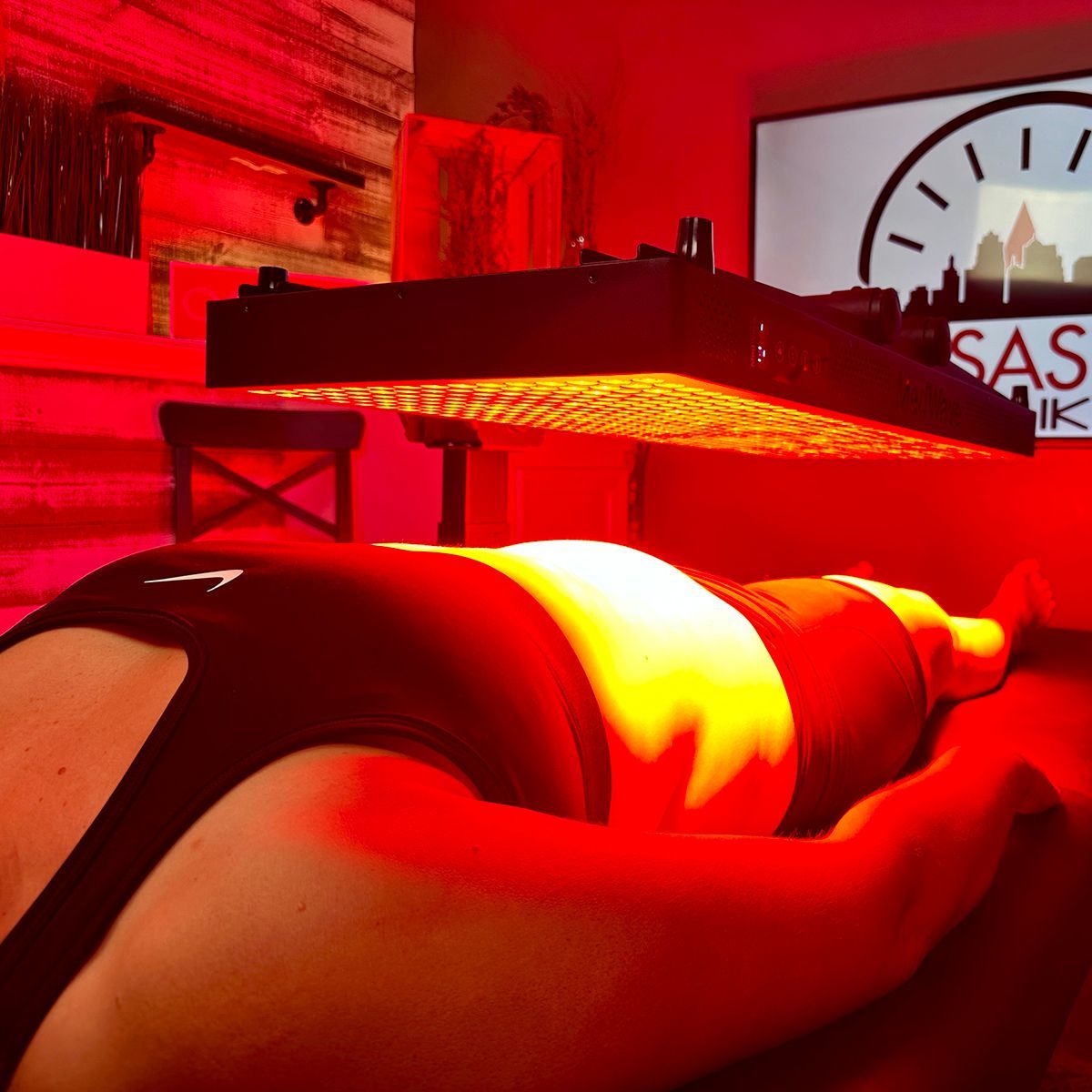

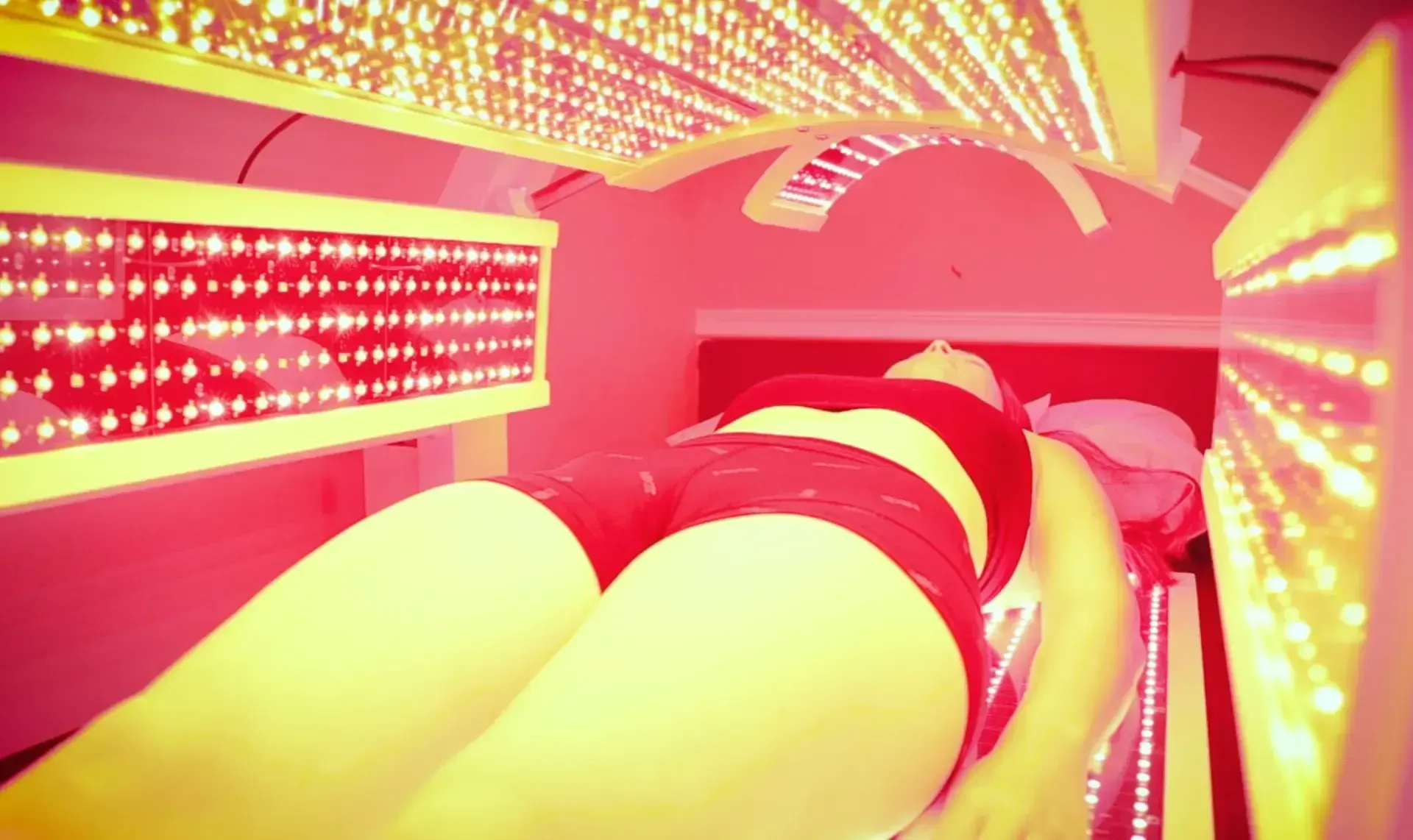
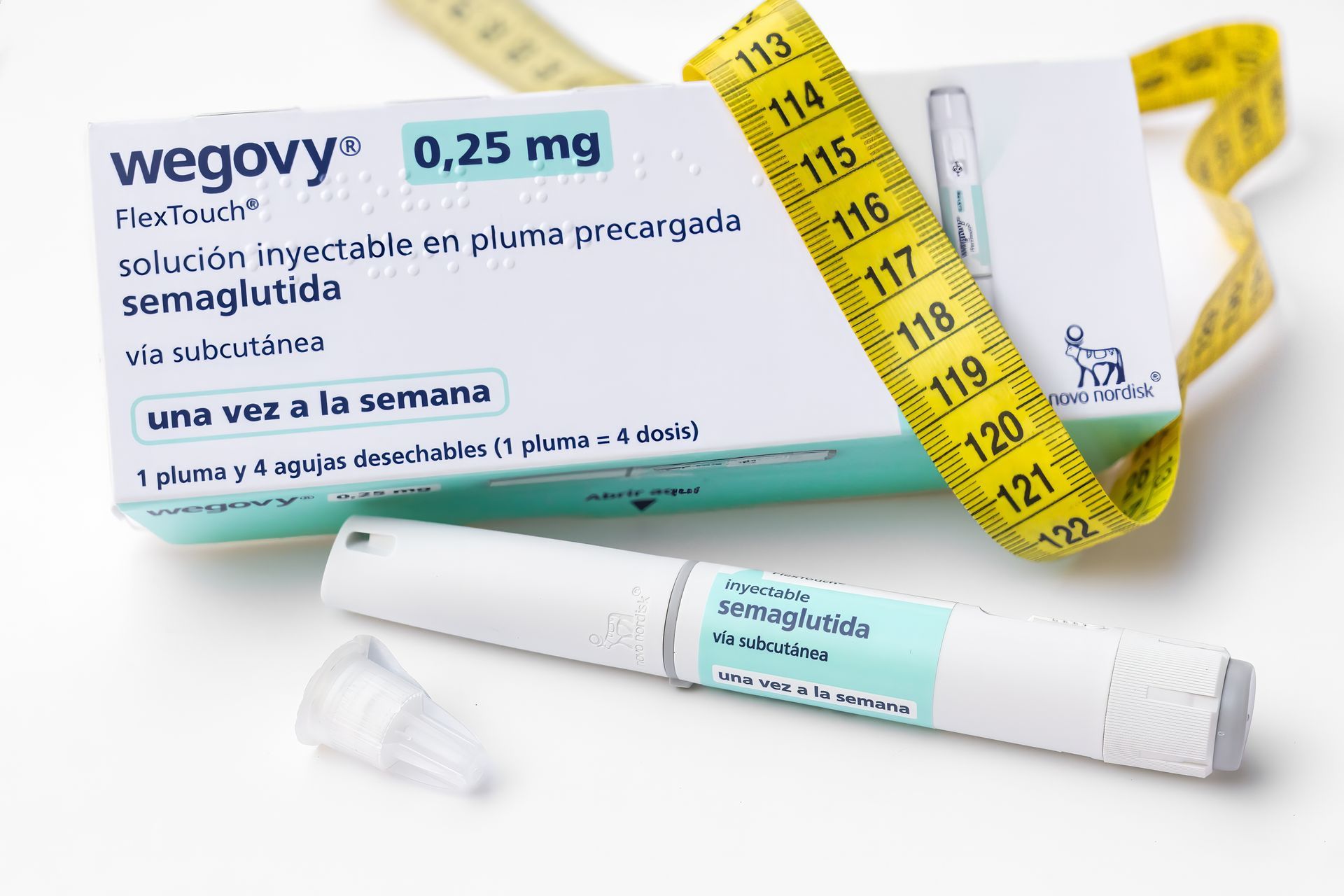
Share On: